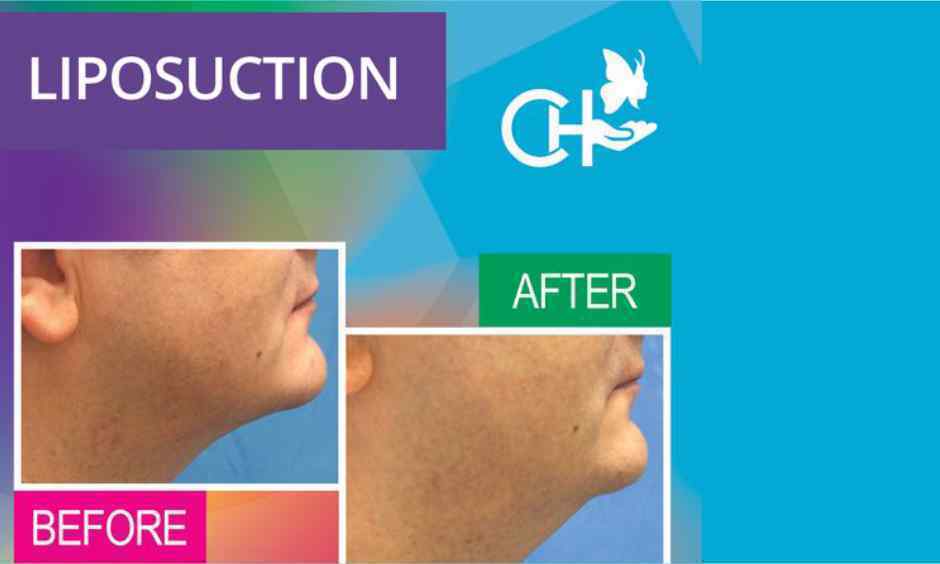Most of us want to look well-proportioned, but the mirror is often disappointing: saddlebags on the hips, love handles around the waist, spare tyre on the belly. If you’ve had trouble shedding flab the natural way, you might have thought of liposuction to get rid of the excess fat.
But such an intervention is not always the best idea. “Many of those who are interested have misconceptions about liposuction,” says Riccardo Giunta, head of the Hand, Plastic and Aesthetic Surgery Department at the Ludwig Maximilian University of Munich, Germany.
Liposuction is not for people who are overweight and simply want to lose a few kilos just like that. On the other hand, if someone changes their diet and gets lots of exercise and stubborn problem areas remain, liposuction may help.
However, it is anything but risk-free. “A few things can go wrong, when it is done by an insufficiently qualified or inexperienced doctor,” warns Torsten Kantelhardt, a plastic and cosmetic surgery specialist.
Ugly dents may appear if the expert removes too much fat, while liposuction can also lead to swelling and bruising, for example.
Before undergoing such a procedure, patients should seek out as much information as possible about the potential risks and complications associated with liposuction, says Christoph Kranich, of the consumer advice centre in Hamburg.
Patients should also bear in mind one rule of thumb. “The longer the operation lasts and the more fatty tissue is suctioned out, the higher the risk of complications,” Kantelhardt explains.
“The most gentle procedure is water-assisted technology,” Giunta says.
With this method, tissue is removed using a water jet, which also has some local anaesthesia and adrenaline. First, this fluid soaks and loosens fat cells. Then, through a cannula, that tissue is suctioned out along with the fluid, using a vacuum method.
Ultrasound technology is another alternative for liposuction. The problem area is connected to a device that sends off ultrasonic waves to liquefy fat deep down, while keeping the top layers of the skin untouched. In the best-case scenario, the body disposes of this fat on its own, so that it does not need to be suctioned out.
Fat cell suction creates a wound that will heal over time, as the skin tightens up. However, it may happen that the patient’s skin will not adapt well enough and will instead remain baggy. “In such cases, the skin can be tightened through surgery,” Kantelhardt notes.
The cost of liposuction will depend on the size of the problem area in question and on the length of the operation. Potential patients should choose their surgeon with great care, making sure they are properly trained to perform this procedure. – Sabine Meuter/dpa

